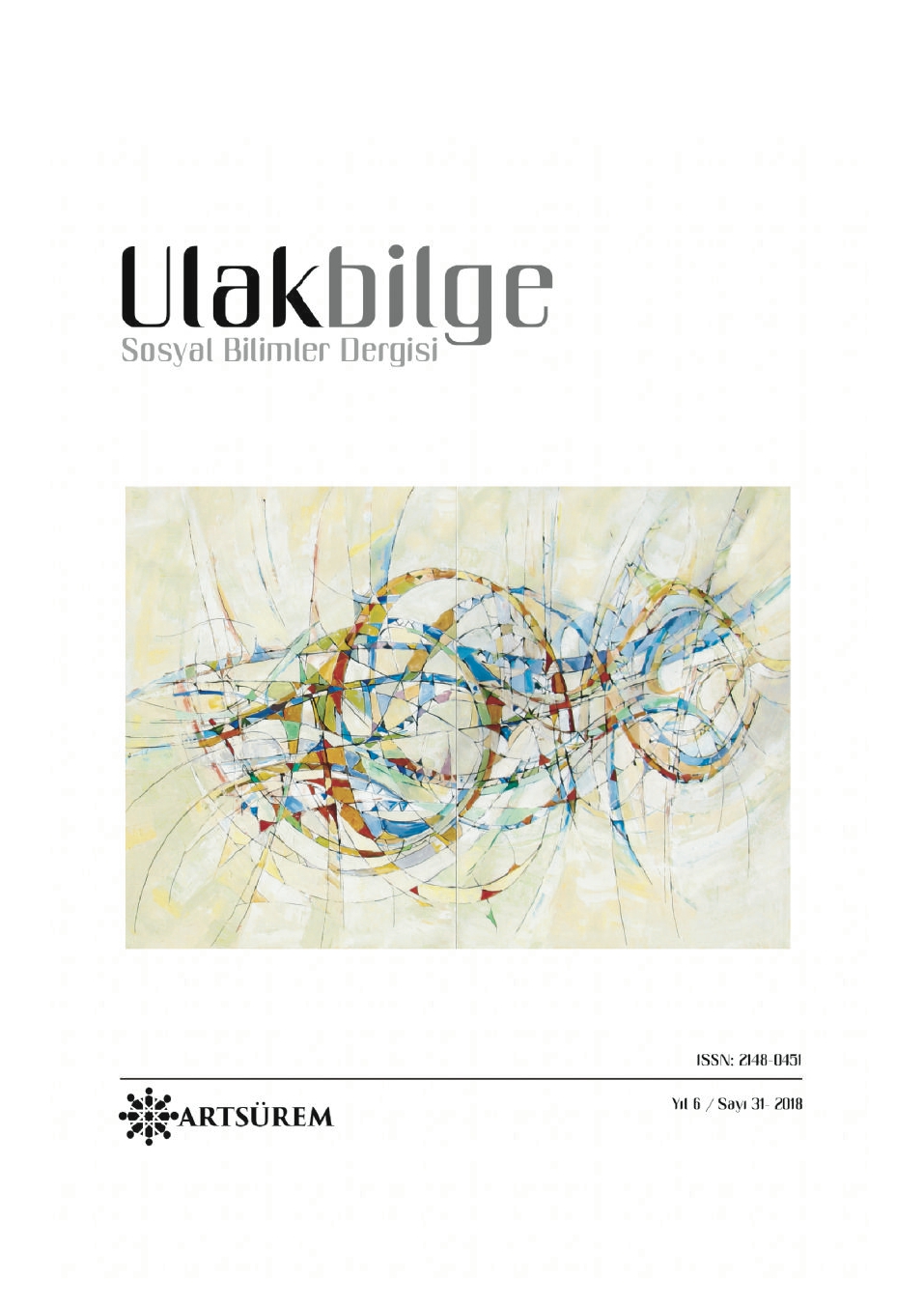OSMANLILAR İLE HİNDİSTAN SULTANLIKLARI ARASINDAKİ DİPLOMATİK İLİŞKİLER VE HEDİYELEŞME (XV.-XVII. YÜZYILLAR)
DIPLOMATIC RELATIONSHIPS AND GIVING GIFT BETWEEN OTTOMANS AND INDIAN SULTANATES (XV.-XVII. CENTUIES)
Author(s): Fatma Ünyay AçikgözSubject(s): Diplomatic history, International relations/trade, 15th Century, 17th Century
Published by: Sanat ve Dil Araştırmaları Enstitüsü
Keywords: Ottaman; India; diplomacy; gifts;
Summary/Abstract: Receiving and giving gift is an important fact included in the customs of the Turkish-Islamic states, China and Byzantium cultures and Middle-East states before Ottoman. Diplomatic gifts play an important role in ensuring the interstate balance. These are to enable the states to get closer to economic, to political and cultural aspects, to improve their political relations, to strengthen cooperation, to ensure the continuation of inter-societal relations and peace etc. In addition, gifts are a kind of symbolic tool that states use to show their political superiority, power, wealth and to increase their dignity. In this article, Ottoman Archival documents, chronicles, travel books were used. The first contact at the Mehmed II period started between the Ottoman-Indian (Bahmani sultanate) relations. At that time it is also seen that diplomatic gifts have started to be sent. After that, the sultans of India sent gifts to the Ottomans in order to congratulate them, to cooperate against the Safavids and to create the Ottoman-Babur-Özbek front. On the other hand, the Ottoman sultans sent gifts to Baburs in order to put an end to the conflicts between the Khanates in Central Asia to get support from the Baburs. The competitiveness of the two rulers on the leadership of the Turkish-Islamic world has been important in the genus and quantity of these gifts. Jewelry belts, daggers, oriental fragrances and Indian fabrics were important among those coming from India. The gifts sent by the Ottomans consisted of furs, horses, ornamented hoods, daggers and belts.
Journal: Ulakbilge Sosyal Bilimler Dergisi
- Issue Year: 6/2018
- Issue No: 31
- Page Range: 1681-1686
- Page Count: 6
- Language: Turkish

